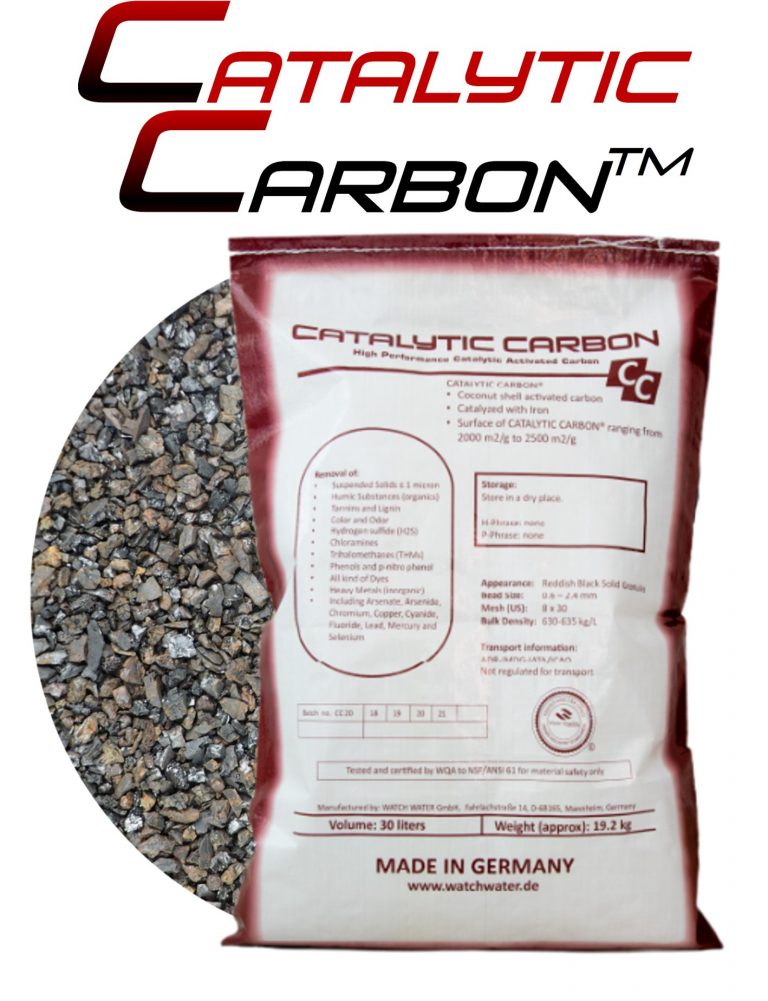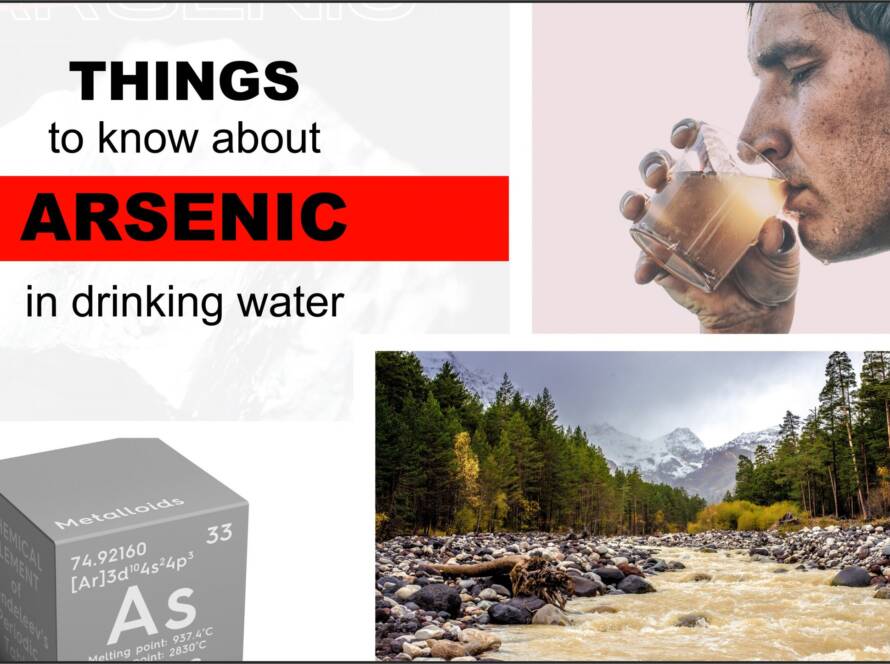What are Chloramines?
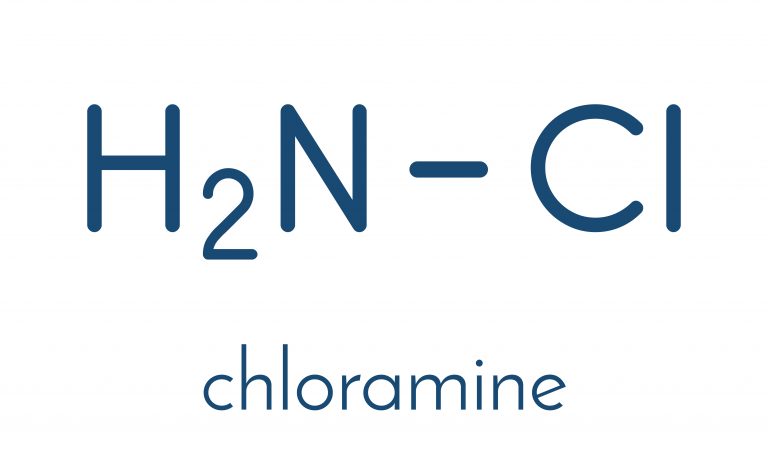
Chlorine continues to be utilized in our drinking water sources, and it is being swiftly replaced by chloramine, a compound made composed of chlorine and ammonia. To substitute chlorine in water, chloramines are added. They inhibit the interaction of chlorine with organic plant matter to form producing cancer-causing Trihalomethanes (THMs). Chloramines are used in around 40–50% of American water treatment facilities to disinfect water more effectively in old water distribution pipes. Trihalomethanes (THMs) and significant amounts of disinfection byproducts come at a price from using Chlorine & Ammonia for disinfection – Chloramines.
What is Catalytic Carbon?
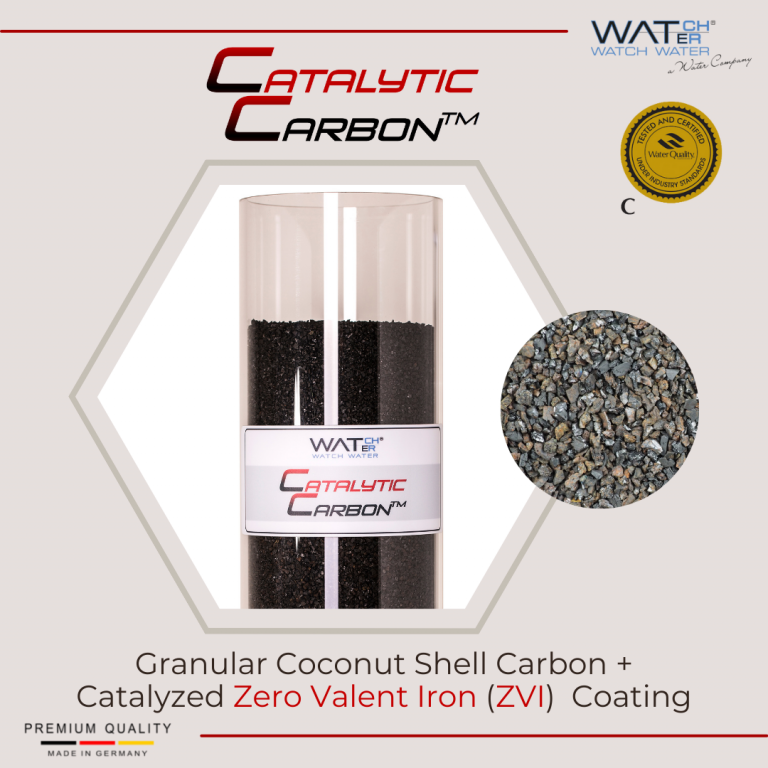
Advantages of Catalytic Carbon
The question of how to get rid of it arises when more and more communities utilize chloramine, which is made by combining chlorine with ammonia. Catalytic Carbon® removes chloramine more efficiently than regular GAC carbon. The likelihood is that your town will employ chloramine eventually since it is less expensive if they do not already. To effectively remove Chloramines with the highest capacity – Catalytic Carbon® manufactured from Watch Water® Germany will provide extra benefits to remove heavy metals & regenerable with Instant Oxydes-P compared to other Activated Carbon or Catalytic Carbon® available in the market.
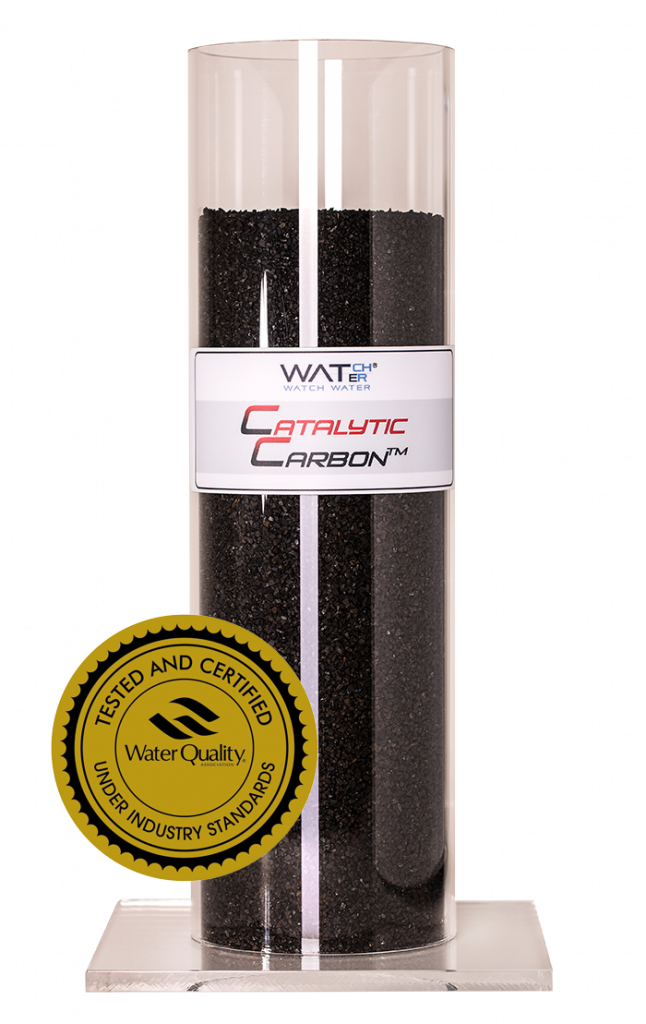
Catalytic Carbon Applications
- Residential/Commercial/Industrial water treatment system
• Point of Entry (POE) System / Point of Use (POU) System
• Protection of Ion exchange from Chloramines
• Chloramines removal
• Hydrogen sulfide removal
• Heavy metal removal
• Tannins removal
• Trihalomethanes (THM’s) removal
• Phenols removal
• Humic substances removal
Packaging available for Catalytic Carbon
• 30 liter/bag (1.05 ft3/bag)
• 40 bags/pallet / Big Bag (1000 liters)
• Approx. 19.2 kg/bag (42.3 lbs/bag)
